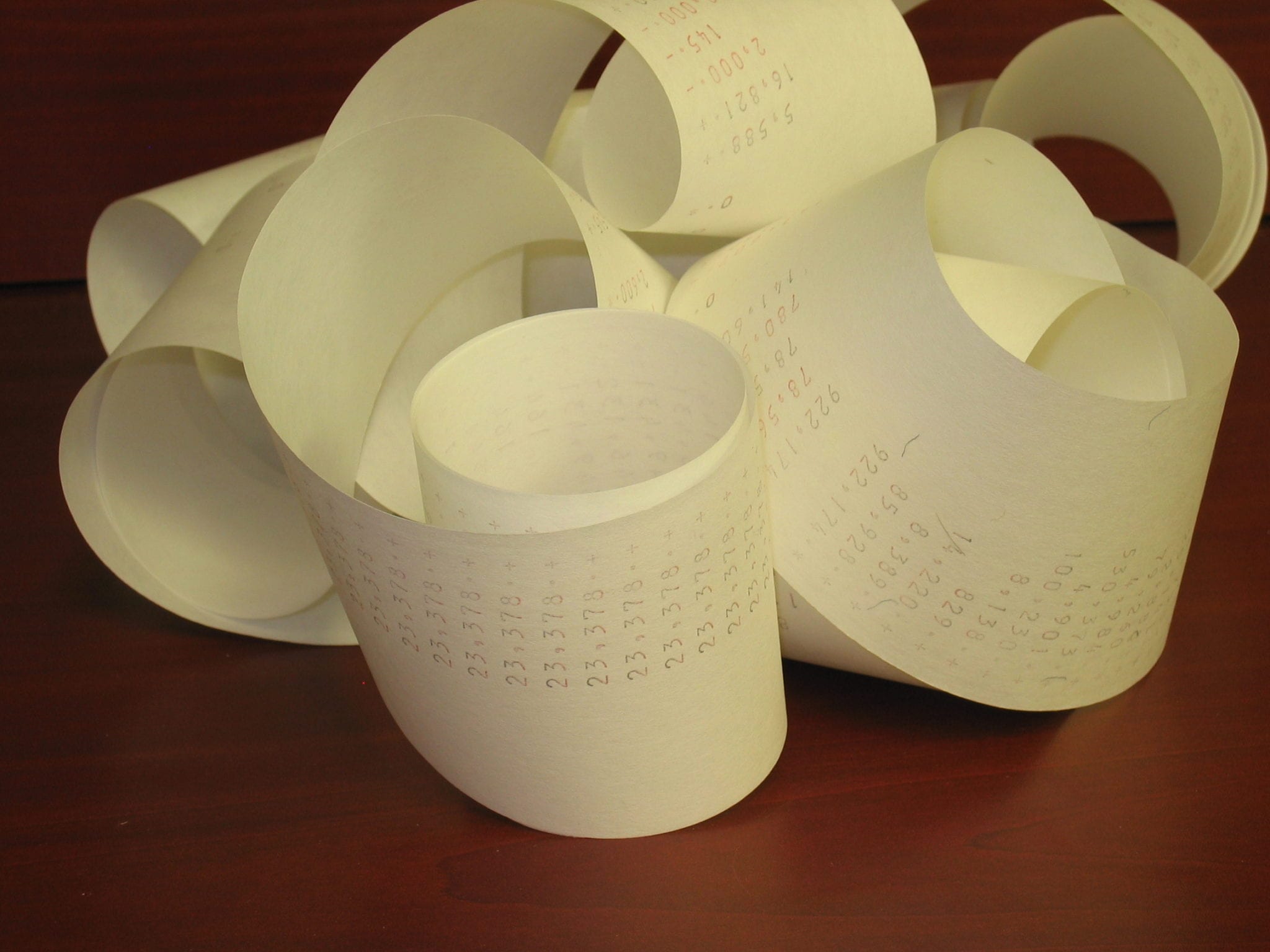This guest post is brought to you by Outright.com. Outright is the easiest way to manage your small business income and expenses online, providing you with a day-to-day look at your business’s financial health and a non-taxing tax time!
When’s the last time you thought about taxes? Probably in April – that is, unless you’re a small business owner who is up to date with their business. Why is that? Because unlike most Americans, small business owners and other independent contractors have taxes on their minds all year… all because of quarterly estimated taxes.
These quarterly estimated taxes, or QETs, are often misunderstood and/or totally ignored, much to the detriment of many a business. Yes, they are a huge pain in the rear, but they must be dealt with nonetheless!
To help demystify the process and ease your burdens we thought we would go over the basics of QETs – mainly, what they are and what you need to do!
What They Are
The United States levies what is known as a “pay-as-you-go” income tax, meaning that you are required to pay income tax all throughout the year. When you work a “normal” job, a.k.a. a salary or wage job where you fill out a W-2 tax form, you get taxes automatically taken out every pay period. The only thing you have to do is to fill out some paperwork when you start the job so they know how much to withhold from your check in taxes.
Obviously that’s not the case when you’re a small business owner. You do a job, someone pays you, and that’s it. The payer doesn’t automatically send a portion of the payment to the IRS for you – you have to do it yourself.
That’s where QETs come in. Every few months you’re required to file your income and pay a portion of it to the government. This is the small price you have to pay to work for yourself.
What You Need to Do
Although it all seems horribly complicated, filing your QETs are just as complicated as filing your federal taxes in April (unless you’ve somehow managed to file 1040EZ all these years). It’s just when you let yourself get psyched out that you end up making mistakes.
First of all, do you have a good filing system in place? You’ll need every single piece of paper associated with your business before you start; every receipt, bill, invoice, everything. Otherwise you might have a problem and end up paying the wrong amount. Pay too little and you end up owing your taxes plus penalties at the end of the year. Pay too much and you’ve basically given Uncle Sam a loan of your hard earned cash until he gives it back to you in the form of a refund come April.
Now, grab a copy of 1040ES, the quarterly estimated tax form specifically for independent contractors such as yourself. This form will ask you to fill in all the relevant information, such as how much you made and any expenses you’ve incurred running your business. These expenses are just like on your April tax forms.
When do you file them? While the exact date may change occasionally, the time periods don’t. They are:
Q1: Mid-April (April 17, 2012)
Q2: Mid-June (April 15, 2012)
Q3: Mid-September (September 17, 2012)
Q4: Mid-January (January 15, 2013)
Send the completed form to your nearest IRS tax office. If you’d rather do it online, head over to the IRS’ payment system. One of the benefits of using this system is you can set it up to make automatic payments in the future so you only have to worry about keeping it up to date.
One shortcut is to work from the 1040 tax return you filed last year. Find the amount you had to pay out in taxes and simply pay at least 90% of that amount in quarterly estimated taxes this year. This protects you from penalties from the IRS at the end of the year, but it also has it’s drawbacks – especially if you make quite a bit more profit this year than you did last year. Though you’ll be safe from penalties, you’ll still owe a large amount on April 15, 2013. The best bet for a budget minded small business owner is to estimate (hence, QET’s) the amount of taxes you’ll owe for the entire year and make 4 quarterly payments accordingly.
If you have more questions, check out our Quarterly Estimated Taxes Q&A or consult with a financial professional.
Image credit: djshaw

